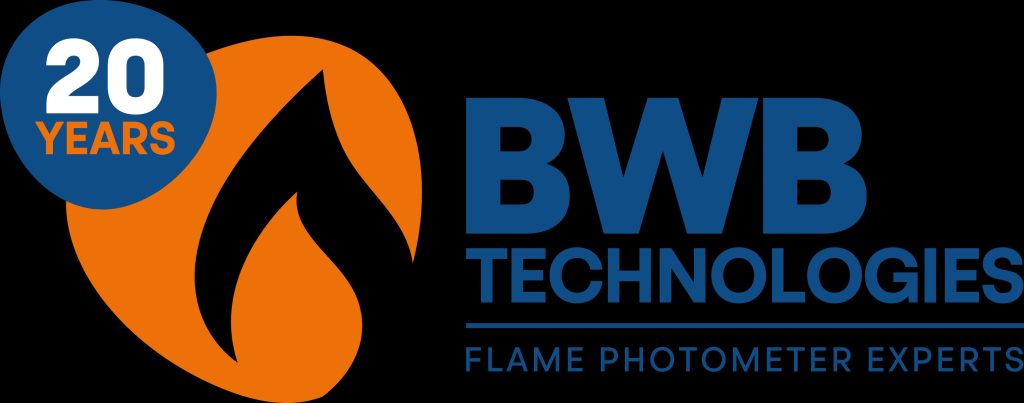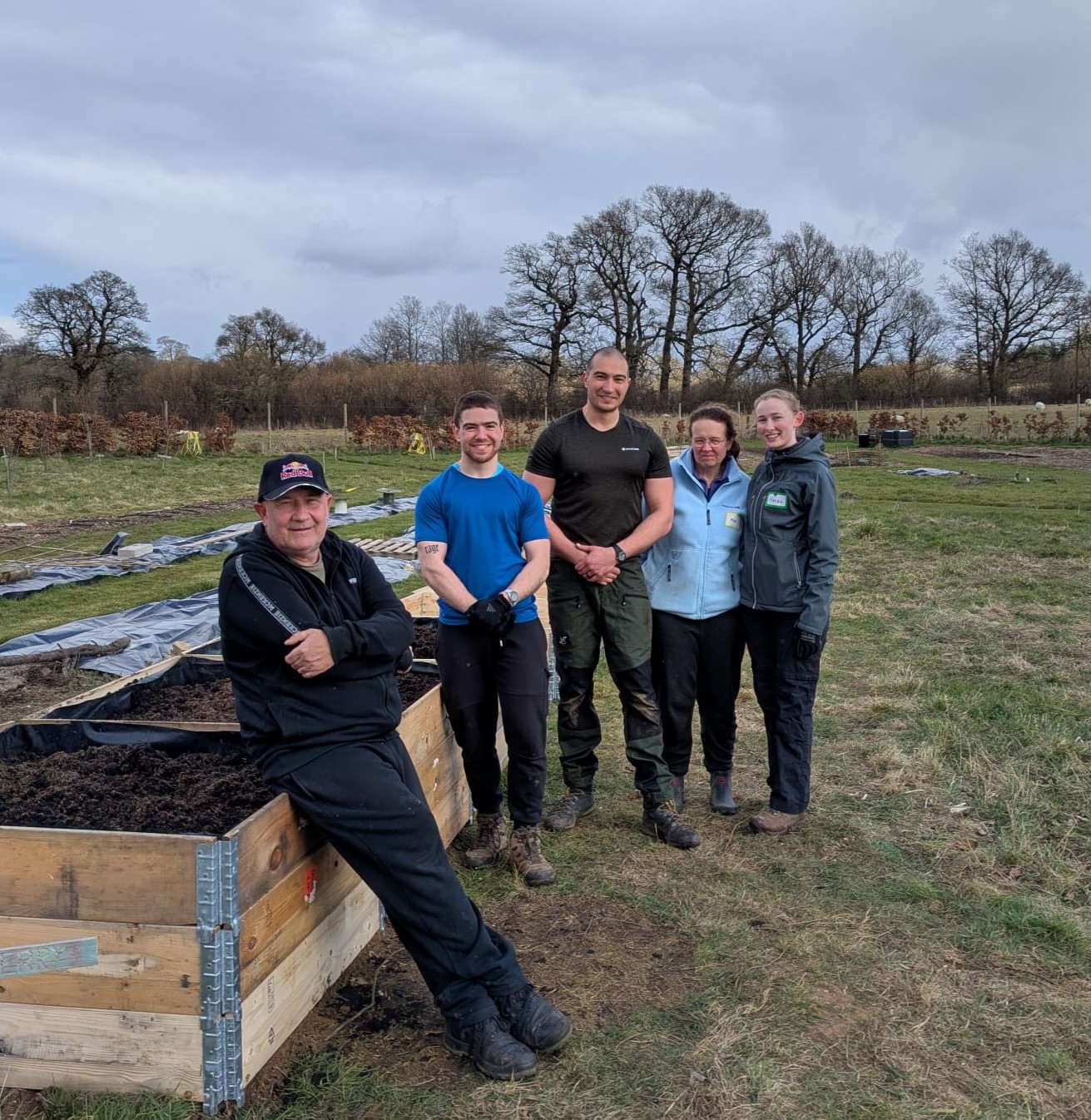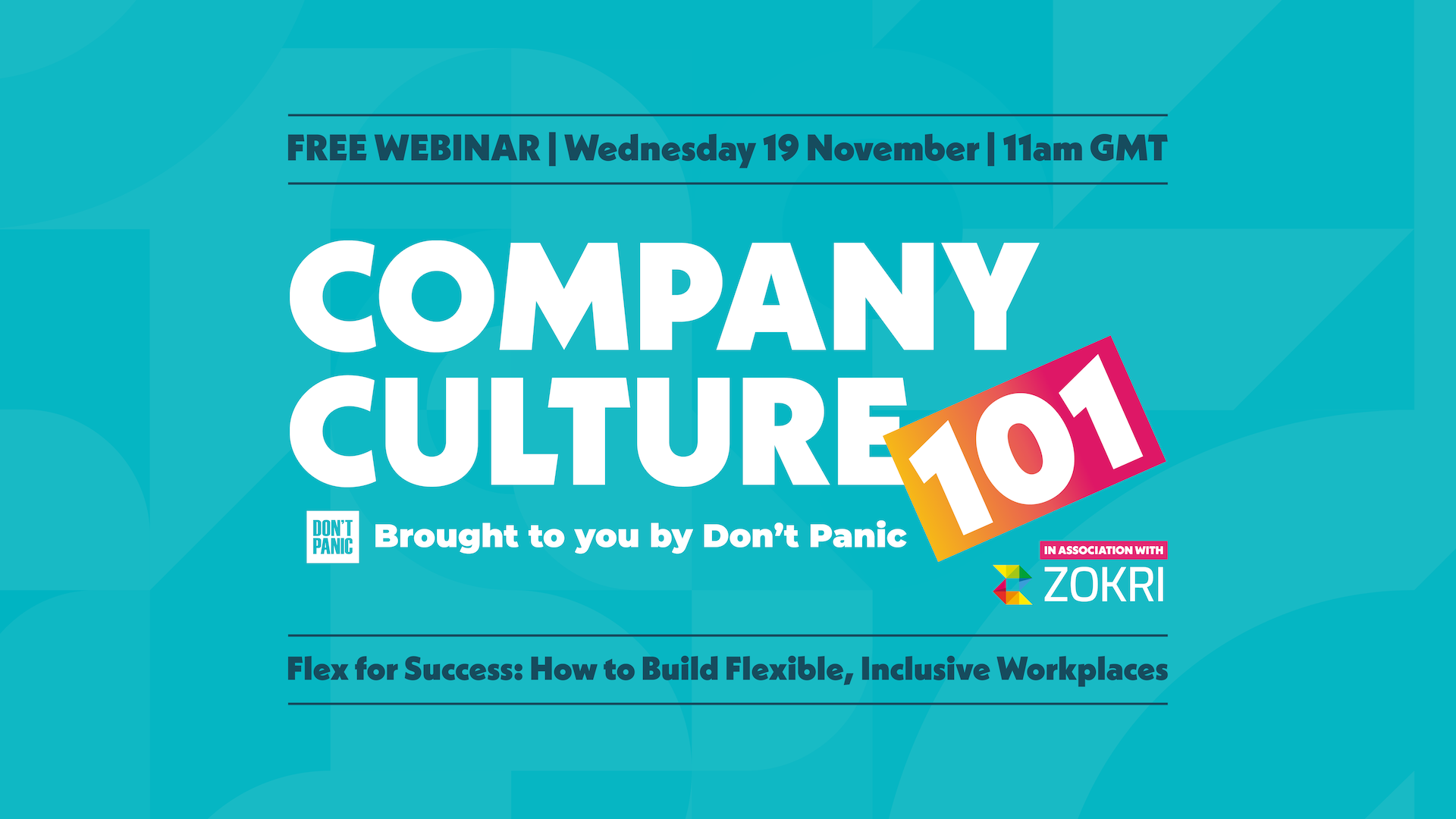At BWB Technologies, sustainability isn’t something they talk about once a year, it’s part of how they work every day. Why? Because BWB, winners of the ESG Program of the Year 2025, believe it’s the right thing to do. As more businesses face pressure to show Environmental, Social, and Governance (ESG) progress, one of the most common questions we hear is: “How do you actually measure it?”
Here’s how BWB do it, using a straightforward, in-house approach that’s working for them and might work for you too.

Over to The Team at BWB.
1. Start with What’s in Your Control
We began with a simple, honest approach: a brainstorming session with our team. As a small company, each of us brings a different perspective, from production and engineering to customer service and compliance. That gave us a well-rounded view of our day-to-day impacts.
We asked:
- What matters to us?
- Where do we have the most influence?
- What can we actually measure and improve?
From that, we identified a clear set of priorities which align closely with our core values:
- Innovation: Continuously developing and improving our products to lead the market while reducing environmental impact
- Integrity: Upholding ethical standards and responsible operations throughout our business
- Excellence: Maintaining high standards in product quality and service through rigorous management systems
- Community: Supporting our people, suppliers, customers and our local community, fostering strong relationships and wellbeing
- Sustainability: Embedding sustainable practices and working with ethical suppliers to minimise our environmental footprint
At this stage, we decided to mainly focus internally. Many of our suppliers and distributors haven’t yet started engaging with ESG frameworks, so we kept things simple by concentrating on what we could directly control.
Our sustainability manager continues to review and refine our objectives as the business evolves, making sure we keep moving forward.
2. Use Standards to Shape the Structure
To avoid starting from scratch, we use recognised standards to help define our goals and measure progress. These include:
- ISO 14001: Environmental management
- ISO 9001: Quality management
- ISO 50005: Energy management
- CSR Accreditation: A practical framework covering environment, workplace, community, and philanthropy
Each standard gives us a structured way to assess what we’re doing well and where we can improve.
ISO 50005 provides a phased implementation approach to energy management, making it particularly suitable for Small and Medium Enterprises (SMEs) who may lack the resources to implement a full ISO 50001 Energy Management System (EnMS) all at once. Its four-stage, tiered approach helps us build a step-by-step energy management system that is achievable and scalable.
3. Set Simple, SMART Goals
We’ve turned our ESG focus areas into SMART goals – Specific, Measurable, Achievable, Relevant, and Time-bound. These help keep our efforts realistic and results-driven.
Here are a few examples:
- Environmental: Reduce single-use plastics in packaging by 50% by 2026
- Quality: Maintain 100% ISO 14001 compliance year-on-year
- Workforce: Support at least two work experience students annually
- Carbon footprint: Develop our carbon calculations dataset to provide accurate measurements annually
Each of these has an owner, a timeline, and a way to track performance.
4. Track Progress Regularly
All our environmental, social and regulatory objectives are stored within our business objectives tracker. This way, they are included alongside our business goals and incorporated into regular tracking and implementation; they’re not a separate set of objectives that we keep isolated. We keep measurement simple and consistent. Our team tracks key indicators on a monthly and annual basis, including:
- Energy and waste metrics
- ISO audit outcomes
- Internal quality checks
- Employee training and development
- Ongoing compliance with our accreditations
Because we work with really niche suppliers due to the specialised nature of our products as an SME, our options can be limited. But we’re committed to working closely with our suppliers, helping bring them along on our sustainability journey.
To support this, we’ve introduced a supplier evaluation form, a supplier code of conduct, and a sustainable procurement policy. Suppliers are asked to review and sign these documents, which helps increase transparency and aligns our supply chain with our ESG priorities, even as many suppliers are still at early stages of their own sustainability efforts. However, we need to be honest and say that as a small company, it can be difficult to get responses and engagement from bigger suppliers, or from other companies that just haven’t begun to look at sustainability. But we’re determined to keep trying!
5. Share Results and Learn From Them
Internally, we share updates across the team so everyone knows what’s working and where we need to improve. This keeps sustainability front of mind and builds momentum.
Externally, we highlight key milestones and certifications through our website, annual impact reports, and documentation. We use our ISO and CSR accreditations not just to prove compliance, but to show real progress.
6. Review, Refine, and Build on What Works
Because we’re working with manageable goals and practical data, it’s easy to adjust when needed. Our sustainability manager regularly reviews our objectives, looking at:
- Audit results
- Team feedback
- What’s changed in the business
- What new opportunities are emerging
Some targets we keep. Others we revise. And when we hit a milestone, we set a new target. It’s a steady cycle of improvement, no dramatic overhauls, just consistent steps forward.
The Value of a Dedicated Sustainability Manager/Team
We are a small team, and we recognise that having a dedicated sustainability manager, even if only on a one day per week basis, is a real luxury. This role ensures that our ESG objectives are regularly reviewed, progress is tracked, and new opportunities for improvement are identified by a specialised expert.
We understand that this arrangement may not be permanent, as her availability may change over time. However, we plan to continue working with her in a consultant capacity for more complex tasks, such as compiling annual sustainability reports and tackling the harder challenges.
For many SMEs where a full-time sustainability manager isn’t feasible, forming a sustainability action team can be an effective alternative. This team can be made up of volunteers from across the business who share responsibility for driving initiatives forward.
Other approaches include:
- Using sustainability activities as part of staff development programs
- Partnering with local colleges to offer work experience placements tied to environmental or social courses
These options provide real value both for the company and for students, helping to maintain momentum and accountability on sustainability goals.
Final Thoughts
If your business is just starting out with ESG, you don’t need to overcomplicate it. Start small, focus on what you can control, use standards where they help, and build a process that works for your size and structure.
At BWB Technologies, this approach has made sustainability feel achievable, measurable, and relevant, not just a buzzword. And as we continue to grow, we’ll keep adapting our goals to make sure we’re doing our part in a way that makes sense for how we work.
We’re passionate about sharing our sustainability journey and supporting other businesses on their own path to positive impact. If you have any questions or want to discuss sustainability ideas, please don’t hesitate to reach out. We’d love to have a friendly chat and exchange insights.






